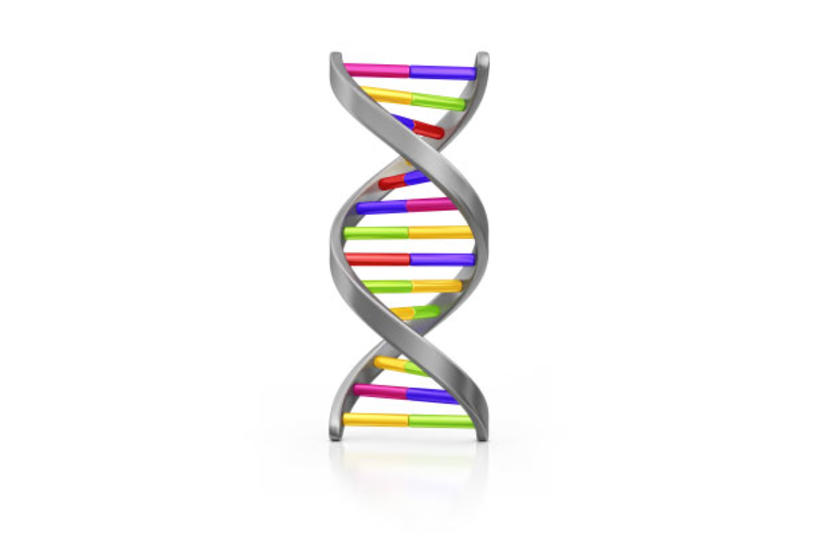
In 2003 researchers announced that the Human Genome Project, which mapped out every gene in the human body, was complete. An owner’s manual for the human body now in hand, novel, personalized treatments for genetic diseases like cancer and Alzheimer’s, many thought, were right around the corner.
Fast forward the better part of a decade, and progress has been much slower than hoped. A major hurdle: How to sequence genomes in a way that is both fast and inexpensive enough that individuals could routinely have their entire genome sequenced as part of a routine health care regimen.
These are hurdles that we’re getting much closer to clearing, says a recent article in The New York Times. Cutting edge technology is allowing firms to map genomes faster and cheaper than ever before. Eventually, individuals could have their own genome mapped for the same price as a basic blood test.
But faster and cheaper sequencing represents only one hurdle along an extended steeplechase without an apparent view to a finish. The good news, says Andrew Singleton, PhD, chief of the Molecular Genetics Unit at the National Institute on Aging (NIH), is that we’ve figured out the technology to do this. But there are still plenty of barriers to clear before genetic breakthroughs will translate into practical personalized medicine for everyday folks.
The main challenges: How do we interpret the vast amount of data culled from genome-wide sequencing, and translate these early discoveries into treatments?
In each sequenced genome reside six billion challenges to interpretation: This is the number of nucleotides that make up the structure of human DNA. “Geneticists have long been overwhelmed with the vast amount of data gathered from genome-wide sequencing,” says Singleton. “But we are fighting back.”
By studying genetic mutations, researchers hope to better understand the molecular processes taking place in the course of various diseases, which could, in turn, lead to improved drugs to counteract these processes.
Progress is being made through large-scale studies of populations with similar genetics: By analyzing large pools of similar data, researchers can home in on shared characteristics that play a role in disease. Parkinson’s disease itself, where new genetic discoveries in the past few years have opened entirely new avenues to drug development, is a prominent example of this principle at work.
But as is often the case in drug development, it’s important to remain cautious, says Foundation CEO Todd Sherer, PhD. Even when genetic contributions to disease are understood, therapeutic developments do not necessarily follow quickly. “I was reminded at a recent meeting that the Huntington’s disease (HD) gene was isolated in the early 1990s,” he says. Yet we are still without a cure for HD.
Another recent dose of reality comes from a new study from Johns Hopkins University that suggests whole-genome sequencing will never provide much information about a healthy person’s risk of later developing disease. This is because being genetically linked (or not linked) to a disease only very slightly raises or lessens individual risk. While large studies can shed light on risk trends in the general population, they provide little to no information to differentiate a specific individual’s chances of getting sick.
“For those participating in genome-wide sequencing, it’s important to recognize that, for the foreseeable future, what you learn won’t translate into treatment or diagnosis of personalized disease,” says Singleton.
Still, there’s a big reason to get genetically tested if you are so inclined, he says.
“You are part of something very important — a research strategy that could help speed new and better treatments for a wide range of diseases, including Parkinson’s.”
Unlike the Johns Hopkins researchers, Singleton is hopeful that down the road, we may be able to advance toward predictive value for individuals. The key will be to figure out how to integrate genetics with a better understanding of other predictors for disease, such as environmental factors.
Geneticists and clinicians will need to learn to work side by side, he says.